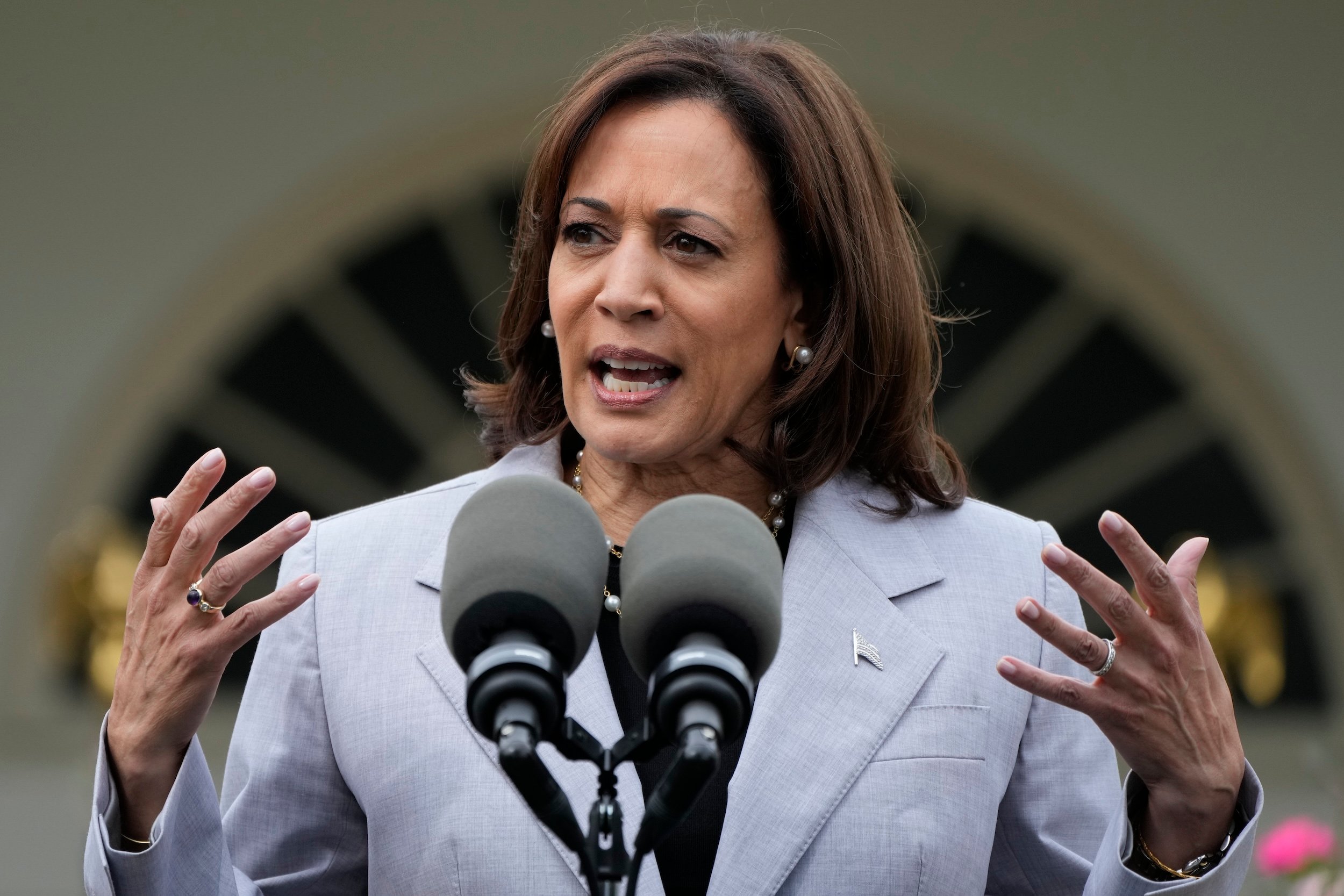What To Know Today
A scorecard for community violence intervention. The Black-led Community Justice Action Fund, a violence prevention group that has pushed the White House for greater federal support for such efforts, released a new report looking at how 50 cities with the highest numbers of shootings in 2021 allocated federal funding. Among the findings:
- 64 percent of cities have invested money in street-based outreach that uses credible community messengers to mediate conflicts
- 42 percent invested money in mental health crisis response initiatives that send counselors in lieu of — or alongside — armed police officers to calls of people in crisis
- 42 percent have centralized offices of violence prevention
- 38 percent invested in a citywide, “whole-of-government” approach to violence prevention using a public health lens
- 24 percent invested in workforce development programs for people at a high risk of experiencing or committing gun violence
The report also identified a number of ways it believes cities are falling short in their CVI efforts. For example, it argues that while many municipalities are putting money to address root causes that are likely to lead to gun violence — like inequalities in education, health care, employment, and housing — only a handful direct that money specifically toward the neighborhoods facing the highest levels of gun violence. The report also argues that “none of the 50 rated cities have a discernible strategy to address the dearth of trauma care facilities in or near communities that experience the highest levels of gun violence.” More from The Trace: Yesterday, we published a piece looking at the difficulties some grassroots organizations have had tapping into federal community violence intervention grants.
“Use what they use”: Review shows gun marketing has evolved toward self-defense, militarization. Earlier this year, House Democrats introduced legislation directing the Federal Trade Commission to make and enforce rules to address deceptive or unfair advertising practice in firearm marketing. The bill and other actions like it comes as the CEOs of several gunmakers recently appeared before a House committee that later subpoenaed manufacturers like Smith & Wesson. A new in-depth investigation from USA TODAY reviewed thousands of gun ads over two decades and observed a slow shift toward self-defense messaging that began in earnest in 2011, two years into Barack Obama’s presidency. The article also helpfully takes stock of the gun control arguments against “toxic” gun advertisements and the industry’s defense of marketing they say is merely responding to popular consumer trends.
FedEx clarifies policy to prohibit shipping ghost gun parts. In June, UPS made clear it does not ship any unserialized ghost gun parts, and that such packages were subject to be destroyed. FedEx is now taking a similar approach after a push by the gun control group Giffords, according to Vice News reporter Keegan Hamilton.“FedEx is updating its Service Guide to make it clear that unserialized frames and receivers or other items that may be completed, assembled, restored, or otherwise converted to function as a firearm frame or receiver per federal regulation are prohibited with the new rule going into effect on Wednesday, August 24.”
After Buffalo, residents fight white supremacy with garden tools. The majority-Black East Side neighborhood where the May shooting took place has been shaped by decades of segregation. Like many neighborhoods that experience gun violence and segregation, it also has a lack of green space. The Rochester Democrat and Chronicle spoke with Black residents there who are using gardening and greening as a way to reclaim their communities. “We’re guerilla gardeners,” said one. “I’m not going to live in blight anymore.”
Data Point
19,000+ — the share of personally made firearms, or ghost guns, that were recovered and traced by police agencies last year. By comparison, between 2016 and 2020, the agency traced about 5,150 such unserialized weapons each year. [ATF]

